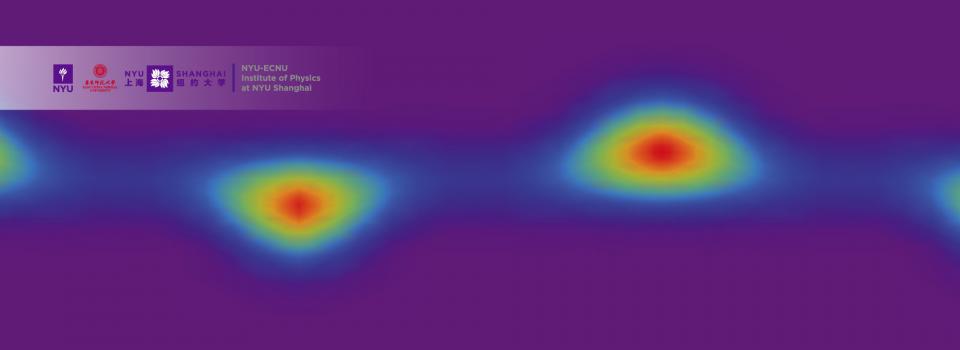Nov 21 2018
Published by
NYU Shanghai

Bose-Einstein condensates (BECs) are called the "fifth state of matter," in addition to solid, liquid, gas, and plasma states. BECs are made by cooling atoms down to temperatures very close to absolute zero.
A hot topic in this area of research is to achieve the entanglement between two BECs, which, if successful, holds many potential applications for quantum information. However, one of the challenges researchers face is that the entanglement is very fragile and can be easily affected by decoherence, a type of quantum noise.
A team of NYU Shanghai physicists has recently developed a new theory using special techniques related to quantum adiabaticity to overcome decoherence.
"Our research proposes a scheme for generating a new type of entangled state that has never been proposed before,” said Tim Byrnes, an Assistant Professor of Physics at NYU Shanghai, and a member of the NYU-ECNU Institute of Physics at NYU Shanghai. “The next step is to create entanglement between two spatially distinct BECs in the lab, which would be a real breakthrough. The kind of theory that we propose may help to achieve this more readily.”
The research was published in a recent issue of the journal Physical Review A. One of the paper’s figures also entered the journal’s image repository Kaleidoscope. The study’s other co-authors include Sergi Ortiz, who was a visiting scholar at NYU Shanghai, Valentin Ivannikov, a Postdoctoral Fellow at NYU Shanghai, and Eric Yilun Song, an NYU Shanghai undergraduate student.
Journal Reference:
Sergi Ortiz, Yilun Song, June Wu, and Tim Byrnes. "Adiabatic entangling gate of Bose-Einstein condensates based on the minimum function", Phys. Rev. A 98, 043616 (2018)


